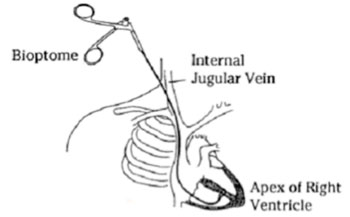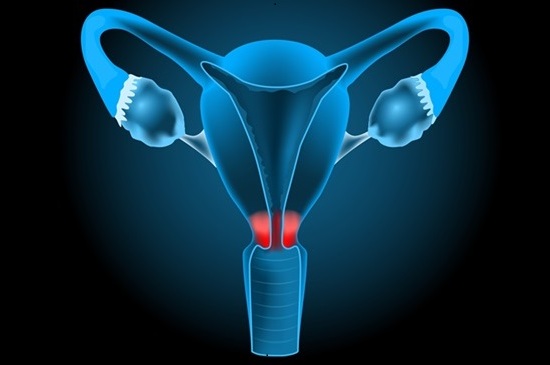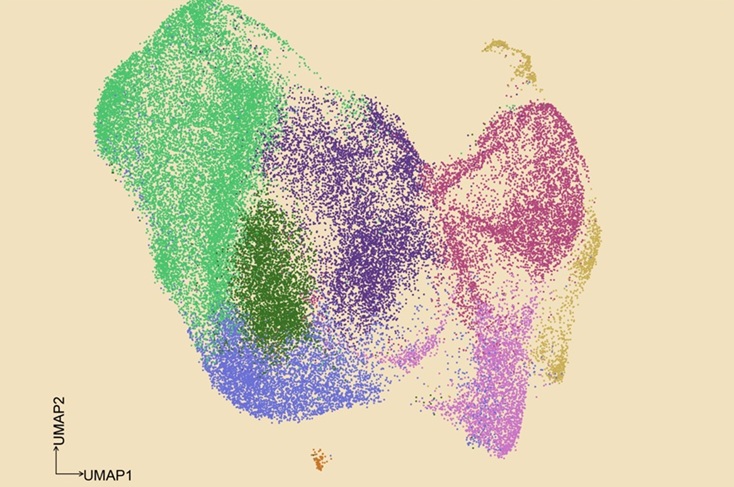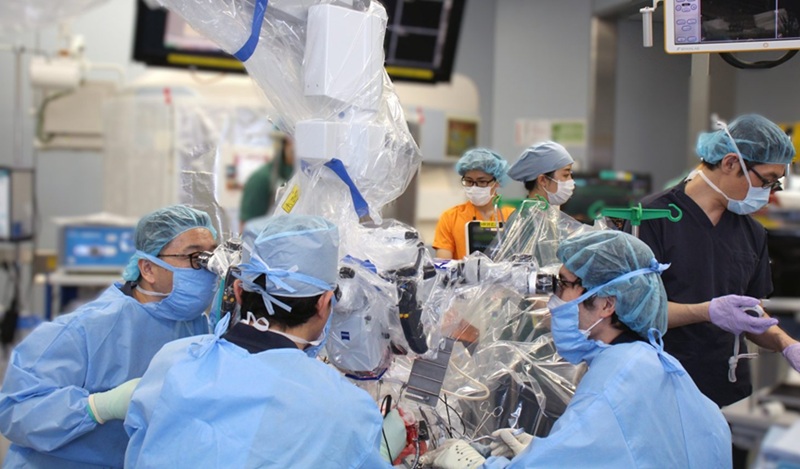Blood-Based DNA Test May Replace Heart Biopsy for Detecting Transplant Rejection
By LabMedica International staff writers
Posted on 01 Jul 2014
In a proof-of-principle study, a noninvasive DNA-based blood test was found to be more accurate than the standard heart biopsy procedure for detecting heart transplant rejection.Posted on 01 Jul 2014
In a search for alternatives to the heart biopsy procedure, which is uncomfortable and can cause complications such as heart rhythm abnormalities or valve damage, investigators at Stanford University (Palo Alto, CA, USA) developed a cell-free DNA test that detects donor DNA in the blood of the recipient. This assay is based on the release of genetic material into the bloodstream by heart cells attacked and killed by the immune system. Thus, in transplant recipients not experiencing rejection, donor DNA accounts for less than 1% of all cell-free DNA in the recipient's blood. During rejection episodes, however, the percentage of donor DNA increases to about 3%–4%.

Image: The heart biopsy procedure is most often done by inserting the biopsy instrument (bioptome) through a small incision in the skin on the right side of the neck. Four or five separate pieces of tissue are needed for adequate sampling (Photo courtesy of Stanford Hospital).
In a recent paper the investigators described a proof-of-principle study of the universal, noninvasive diagnostic method based on high-throughput screening of circulating cell-free donor-derived DNA (cfdDNA). The study was carried out on a small retrospective cohort of 565 samples from 65 patients. In the study, circulating cell-free DNA was purified from plasma and sequenced to quantify the fraction of cfdDNA.
Through a comparison with heart biopsy results, the investigators demonstrated that cfdDNA enabled diagnosis of acute rejection after heart transplantation. They were able to accurately detect the two main types of rejection (antibody-mediated rejection and acute cellular rejection) in 24 patients who suffered moderate to severe rejection episodes, one of whom required a second transplant. They were also able to detect signs of rejection up to five months before detection by the biopsy method.
"We have found that this cell-free DNA assay is a very accurate way to diagnose acute rejection, sometimes weeks to months before a biopsy picks up any signs," said senior author Dr. Kiran Khush, assistant professor of medicine at Stanford University. "This earlier detection may prevent irreversible damage to the transplanted organ. This test has the potential to revolutionize the care of our patients. It may also allow us to conduct several diagnostic tests simultaneously. For example, we could also look for microbial sequences in the blood sample to rule out infection or other complications sometimes experienced by transplant recipients. It could allow us to determine whether shortness of breath experienced by a patient is due to an infection or the start of a rejection episode. It could be a one-stop shop for multiple potential problems."
Stanford University has applied for a patent relating to the test described in the study, which was published in the June 18, 2014, online edition of the journal Science Translational Medicine.
Related Links:
Stanford University




 assay.jpg)








